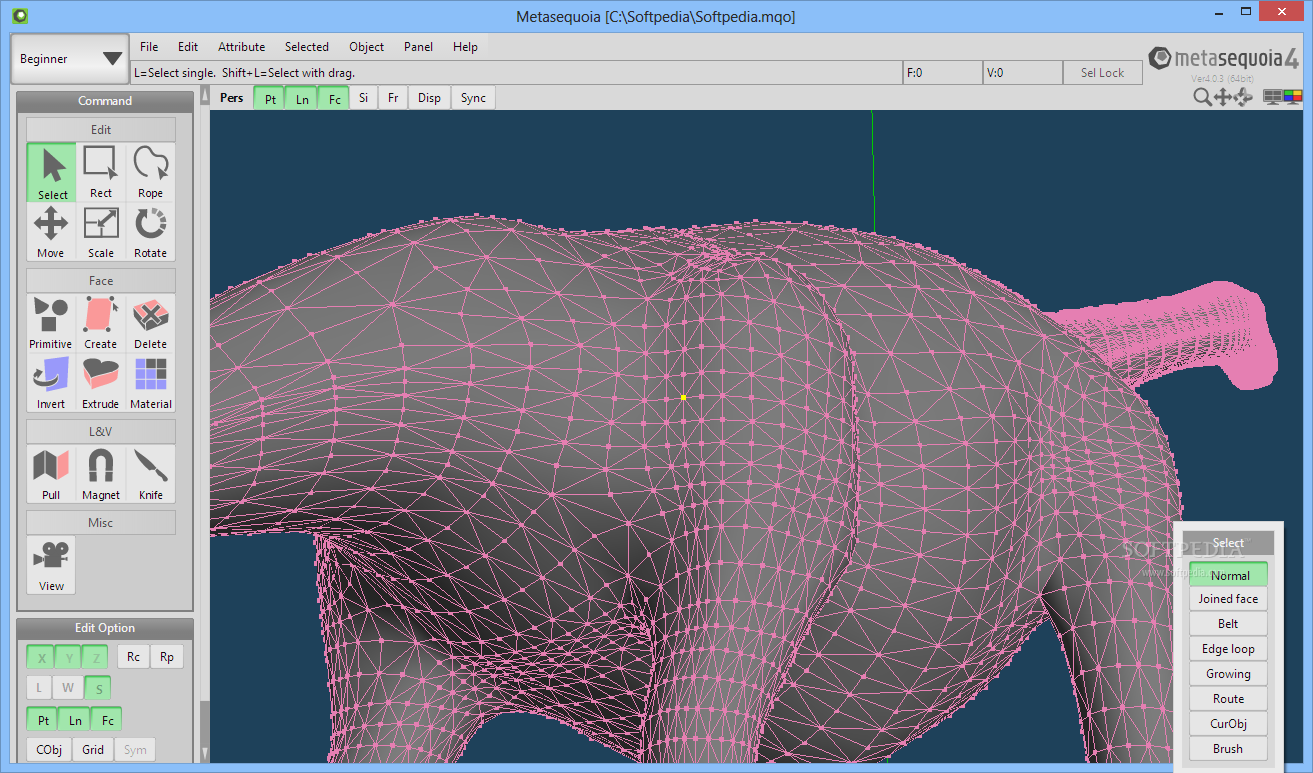
Serial is an investigative journalism podcast hosted by Sarah Koenig, narrating a nonfiction story over multiple episodes. The series was co-created and is co-produced.
- PowerISO 5.4 Serial Key. Name: PowerISO Serial: M9PHF-E3AK2-Q166Y-DAQ1H-TVXVJ. Any Video Converter Ultimate v4.5.8 Serial Key. Name: LiveLong Serial: 0000KZ-KFQ4Q5-21UJ38-7AB787-812BM7-209R1A-DNTPG7. ImTOO Video Converter Ultimate v7.7.0.20121224 Serial Key.
- CSI: Serial #4. It's a race against time as Grissom, after encountering the Ripper 2.0, must rush to prevent history from repeating itself. Yet, perhaps history is on their side– does murder run in the family? Stokes and Sidle find traces of DNA from the boyfriend and brother of their victim on the.
This volume of new work explores the forms and functions of serial verbs. The introduction sets out the cross-linguistic parameters of variation, and the final chapter draws out a set of conclusions. These frame fourteen explorations of serial verb constructions and similar structures in languages from Asia, Africa, North, Central and South America, and the Pacific. Chapters on well-known languages such as Cantonese and Thai are set alongside the languages of small hunter-gathererand slash-and-burn agriculturalist groups.A serial verb construction (sometimes just called serial verb) is a sequence of verbs which acts together as one.

Each describes what can be conceptualized as a single event. They are monoclausal; their intonational properties are those of a monoverbal clause; they generally have just one tense, aspect, mood, and polarity value; and they are an important tool in cognitive packaging of events. Serial verb constructions are a pervasive feature of isolating languages of Asia and West Africa, andare also found in the languages of the Pacific, South, Central and North America, most of them endangered.Serial verbs have been a subject of interest among linguists for some time. This outstanding book is the first to study the phenomenon across languages of different typological and genetic profiles. The authors, all experienced linguistic fieldworkers, follow a unified typological approach and avoid formalisms. The book will interest students, at graduate level and above, of syntax, typology, language universals, information structure, and language contact. In departments of linguistics andanthroplogy.
Serial Season 2
Aikhenvald is Professor and Associate Director of the Research Centre for Linguistic Typology at La Trobe University. She has worked on descriptive and historical aspects of Berber languages and has published, in Russian, a grammar of modern Hebrew (1990). She is a major authorityon languages of the Arawak family, from northern Amazonia, and has written grammars of Bare (1995) (based on work with the last speaker who has since died) and Warekena (1998), plus A Grammar of Tariana, from Northwest Amazonia (Cambridge University Press 2003), in addition to essays on varioustypological and areal features of South American languages. Her monographs, Classifiers: A Typology of Noun Categorization Devices (2000, paperback reissue 2003), Language Contact in Amazonia (2002) and Evidentiality (2004) are published by Oxford University Press.
Serial 4 Wanita Penghuni Surga
She is currently working on areference grammar of Manambu, from the Sepik area of New Guinea. Dixon is Professor and Director of the Research Centre for Linguistic Typology at La Trobe University.
Serial 4k Downloader

He has published grammars of a number of Australian languages (including Dyirbal and Yidin), in addition to A Grammar of Boumaa Fijian (University of Chicago Press 1988), The JarawaraLanguage of Southern Amazonia (OUP 2004), and A Semantic Approach to English Grammar (OUP 2005). His works on typological theory include Where have All the Adjectives Gone? And Other Essays in Semantics and Syntax (Mouton,1982) and Ergativity (CUP 1994). The Rise and Fall of Languages (CUP 1997)expounded a punctuated equilibrium model for language development: this is the basis for his detailed case study Australian Languages: Their Nature and Development (CUP 2002).